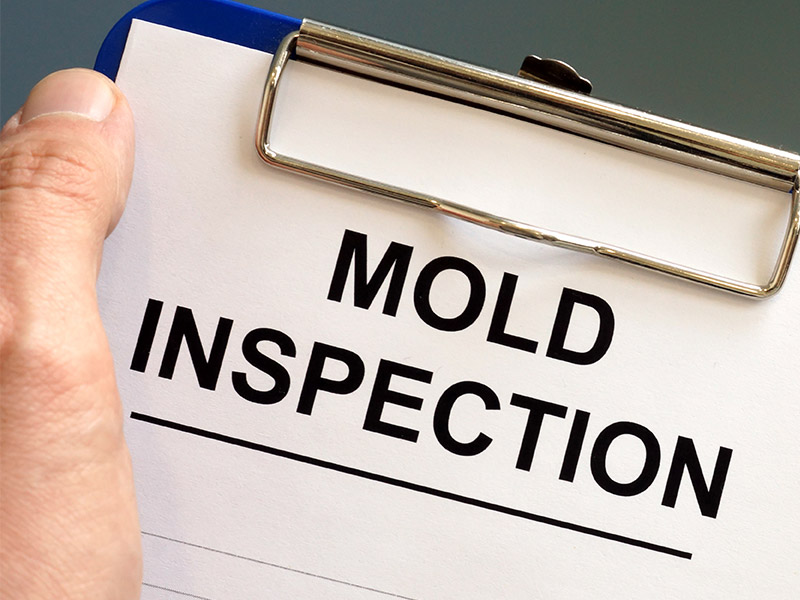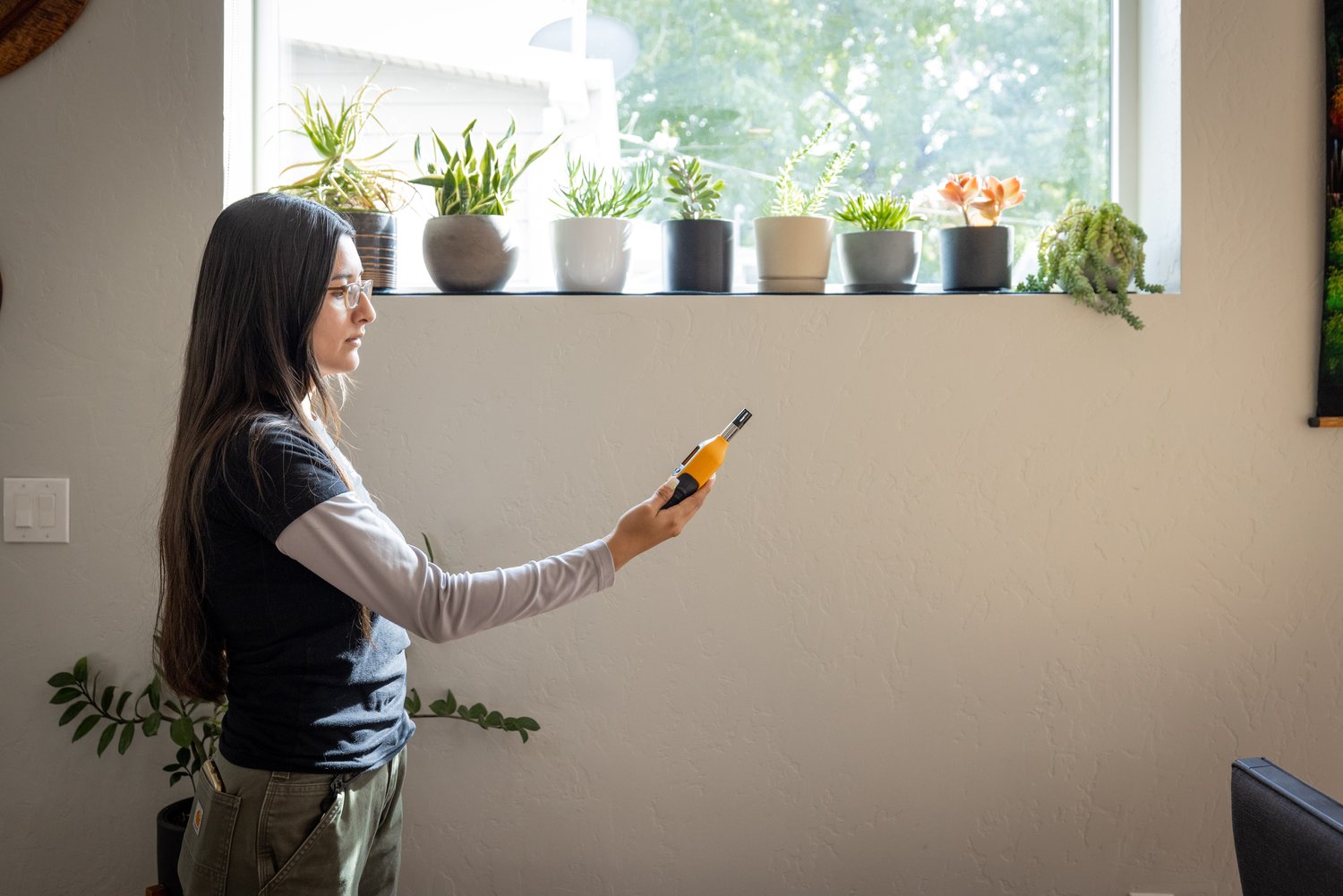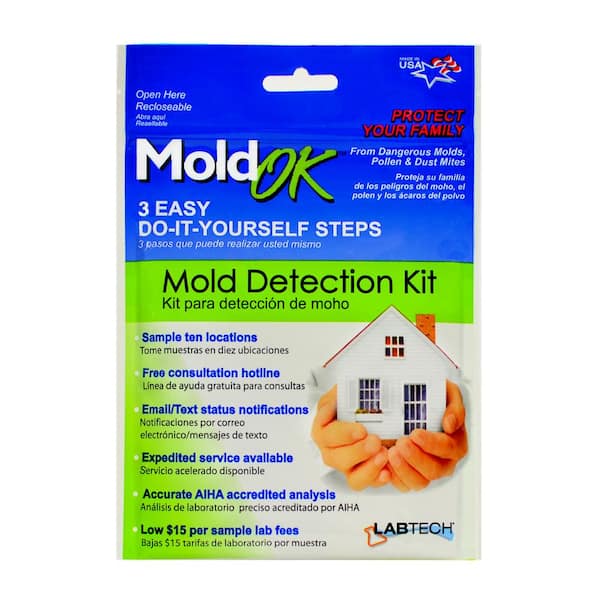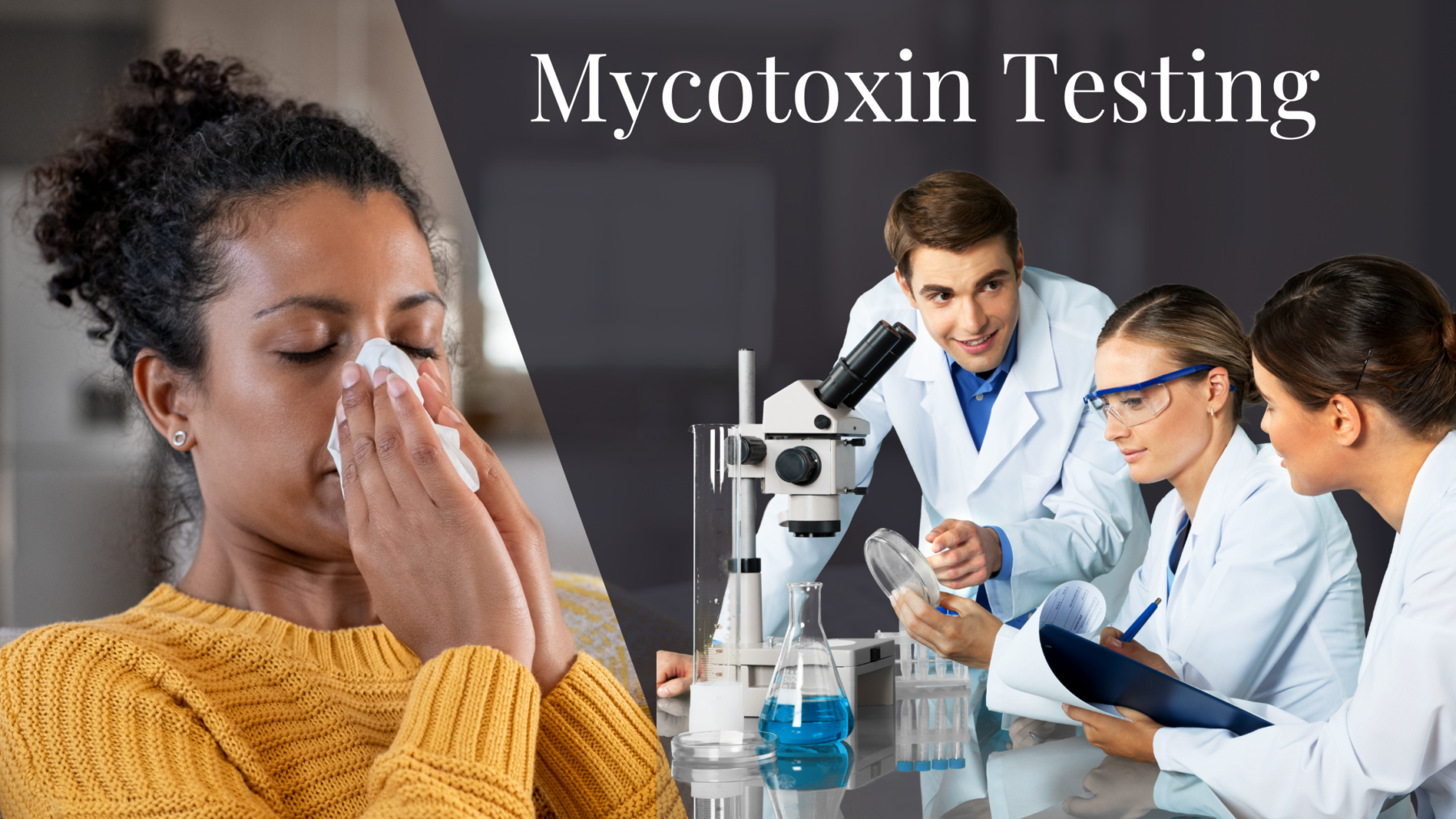Exactly How Mycotoxin Screening Assists Protect Against Contamination and Safeguard Food Supplies

Mycotoxin testing is a crucial technique in the food industry, offering as a frontline protection against contamination by dangerous toxins created by mold and mildews. Through the application of advanced strategies like High-Performance Fluid Chromatography (HPLC) and Liquid Chromatography-Mass Spectrometry (LC-MS), food producers can precisely quantify and find mycotoxin degrees in farming products.
Understanding Mycotoxins
Recognizing mycotoxins begins with acknowledging that they are poisonous second metabolites generated by particular mold and mildews, which can infect farming products. These metabolites are not necessary for the development or reproduction of the fungi however can have severe implications for human and animal health. Mycotoxins are commonly found in staple plants such as corn, wheat, barley, and nuts, where they can multiply under specific conditions of moisture and temperature level.
There are several types of mycotoxins, each produced by various fungal types. Fusarium species generate trichothecenes and fumonisins, both of which are associated with different acute and persistent health concerns.

Risks of Mycotoxin Contamination
The risks of mycotoxin contamination are multifaceted, posturing considerable threats to both food safety and security and public health. Mycotoxins, poisonous compounds generated by specific kinds of fungi, can contaminate a vast variety of farming products consisting of cereals, nuts, seasonings, dried fruits, and coffee.
Financial impacts are one more significant concern. Infected crops can lead to significant monetary losses for farmers and food manufacturers due to minimized yields and the requirement for pricey decontamination actions. Additionally, global trade can be significantly impeded as nations enforce stringent mycotoxin laws to safeguard their populaces, leading to rejected deliveries and strained profession relationships.
Environmental aspects such as environment change intensify the danger of mycotoxin contamination. Variants in temperature level and moisture can develop beneficial conditions for fungal growth, boosting the chance of contamination occasions. Therefore, understanding and minimizing these threats are crucial for guaranteeing the security and stability of worldwide food materials.
Techniques of Mycotoxin Evaluating
Precisely determining mycotoxin contamination in farming items is essential for safeguarding public health and maintaining food safety and security criteria. Numerous approaches are utilized to discover and measure mycotoxins, each offering details benefits and restrictions.
High-Performance Liquid Chromatography (HPLC) is a widely used approach as a result of its high level of sensitivity and precision. It involves dividing mycotoxins from various other substances in a sample, making it possible for exact quantification. Similarly, Fluid Chromatography-Mass Spectrometry (LC-MS) incorporates liquid chromatography with mass spectrometry to provide detailed molecular details, making it specifically useful for recognizing several mycotoxins concurrently - Mycotoxin testing Services.

Gas Chromatography-Mass Spectrometry (GC-MS) and Thin-Layer browse around this site Chromatography (TENDER LOVING CARE) are also employed, each with special applications. GC-MS works for unpredictable mycotoxins, while tender loving care uses a less complex, affordable choice for initial testing.
Benefits of Normal Testing
Normal screening for mycotoxins in farming items uses many advantages, substantially contributing to public health and food safety. By recognizing contamination early, normal screening assists protect against the circulation of hazardous foods, thus decreasing the risk of mycotoxin-related illnesses amongst customers. This proactive method not just safeguards human wellness yet likewise enhances the overall quality of food supplies.
Regular screening additionally supports regulative compliance. Various nations and regions have actually developed stringent restrictions for mycotoxin levels in food and feed. browse around here Sticking to these limitations through normal testing ensures that producers and providers meet lawful standards, therefore avoiding fines and trade obstacles. Preserving conformity fosters consumer trust fund and brand track record, which are vital for market success.
In addition, regular mycotoxin screening can lead to considerable financial advantages. Early discovery of contamination allows for timely intervention, minimizing possible losses from widespread contamination. Applying regular screening methods can likewise decrease recall prices and related liabilities, which can be financially ravaging.
Moreover, routine screening provides important data that can notify much better agricultural methods and storage conditions. By understanding patterns of contamination, producers can adopt safety nets, thereby adding and lowering future threats to the sustainability of the food supply chain.
Applying Checking Procedures
Carrying out efficient mycotoxin testing protocols is essential for guaranteeing the security and quality of farming items. Establishing a robust screening structure includes multiple key actions, beginning with the identification of potential contamination points within the production and supply chain. This includes pre-harvest, post-harvest, storage space, and distribution stages. Each stage needs to be inspected to pinpoint where mycotoxin contamination is most likely to occur.
When crucial control factors are determined, selecting proper testing methods is important. Usual techniques consist of enzyme-linked immunosorbent assay (ELISA), high-performance liquid chromatography (HPLC), and mass spectrometry (MS) Each method has its staminas and weaknesses; therefore, picking the appropriate one relies on the particular mycotoxin being examined, the needed level of sensitivity, and available resources.

Lastly, incorporating the testing methods into a comprehensive food safety and security administration system is advisable. look at more info This boosts traceability and allows swift rehabilitative actions when contamination is identified, consequently safeguarding the honesty of the food supply chain.
Conclusion
Mycotoxin screening is vital in preventing contamination and securing food supplies by allowing very early detection of harmful toxic substances generated by molds in farming products. Advanced techniques such as HPLC and LC-MS make certain compliance with safety and security regulations and secure customers from health threats. Normal screening improves brand online reputation, monetary security, and rely on food security by lessening contamination-related losses and maintaining high requirements in food manufacturing. Implementing rigorous screening methods is hence vital for the sector's total well-being.
Mycotoxin testing is a vital technique in the food sector, offering as a frontline protection versus contamination by dangerous contaminants generated by mold and mildews. An incorporated technique including agricultural practices, storage management, and normal testing can reduce the threats connected with mycotoxin contamination, making sure food security and public health.
The risks of mycotoxin contamination are complex, posturing substantial dangers to both food security and public health.Normal screening for mycotoxins in agricultural products offers numerous advantages, substantially contributing to public health and food safety and security.Mycotoxin screening is vital in avoiding contamination and safeguarding food products by allowing early discovery of damaging toxins created by molds in farming products.